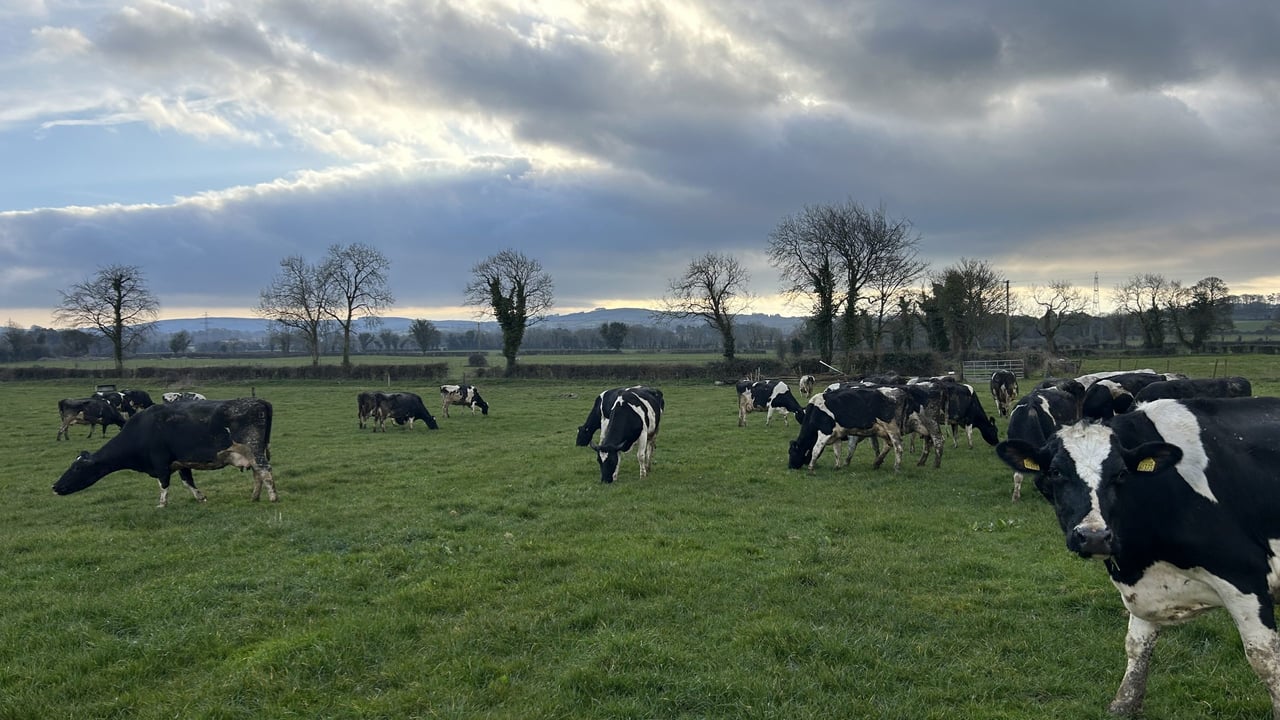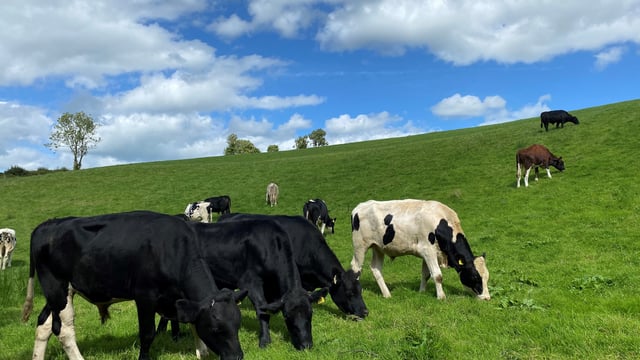Grass growth improves and time for sulphur in swards
There has been a much needed improvement in grass growth across the country over the last number of days, which has given farmers a bit more of a positive outlook in terms of grazing.
Many farmers across the country are still very tight on grass, which is limiting them to continue grazing for three-hour blocks during the day to allow already grazed covers to catch up.
The rain last weekend and the milder conditions has, however, made an improvement across the country, with many farmers able to leave the cows between morning and evening milking, and even for a three-hour block after evening milking in a few cases.
The typical diet across the country is a positive for this time of the year as farmers are managing to get around 9.5kg of grass dry matter (DM) down the throat of the cow.
When we think back to this time last year - or maybe you would rather not - cows were in and out of housing and farmers were very lucky to get in a three-hour grazing for the cows each day as conditions were woeful.
Conditions on the most part for this spring have been reasonable enough, which has presented farmers with lots of opportunities to get cows grazing even though the growth is only beginning to respond.
The average diet across the country, according to Pasturebase Ireland, is 9.5kg of grass DM, with 5kg of meal and 3.5kg of silage.
Grass growth last week was around 19kg DM/ha, which is still behind the five-year average at this time of the year. However, with a bit more heat in the soil and sun in the sky with occasional showers predicted sees the grass growth prediction for this week to range between 20-27kg DM/ha.
The average farm cover (AFC) around the country is sitting at 658kg DM/ha, which is quite below the target of over 800kg DM/ha at this stage of grazing.
Farms over 800kg DM/ha should have cows out full-time by now, and the cows should be eating near 13kg of grass/day. For farms with 600-800kg DM/ha, cows should be grazing by day and out for another three-hour block after evening milking.
Farms that have little grass - of about 350-600kg DM/ha - should just be at grass by day and implementing three-hour grazing blocks if needs be.
We are now at the end of March, which means the second rotation for many farmers won't be far away, with many aiming to start it in the second week of April.
The paddocks that the cows are going back on to start the second rotation need to be monitored in the next few days, as ideally farmers need the first four to five paddocks of the second rotation with a cover of over 800kg DM/ha.
If this threshold is not achieved or unachievable at present, farmers need to slow down the first rotation now by moving to grazing by day or by moving to three hour grazing blocks.
At the start of the second rotation, the AFC should be at least 650-700kg DM/ha to ensure the cow's grass demand is met in the second round.
Many farmers will have already got out protected urea for their first application of nitrogen (N) this spring, and now it is important to get out your compounds, not forgetting about sulphur (S).
For the grazing block, farmers should apply 20kg of S/ha/year, which is 16 units/acre/year by July. For silage fields, apply 15kg of S/ha for each cut.
Farmers should choose a product that will supply their ground with N, phosphorus (P), and potassium (K) with S, and this may depend on your P allowance for the next application of fertiliser. A product like 18-6-12 + S might be ideal.
The benefits of S application in grass production are as follows:
| Grass yield (t/ha) | + 2.6t | ||
| Nitrogen uptake (kg/ha) | +38kg/ha | ||
| N leaching reduction (kg/ha) | - 22kg N/ha | ||
| Nitrogen use efficiency (%) | + 25% |
S plays a huge role in N fixation in legume plants such as clover, and when high N rates are applied, S will help with N efficiency and utilisation in producing higher grass yields.





